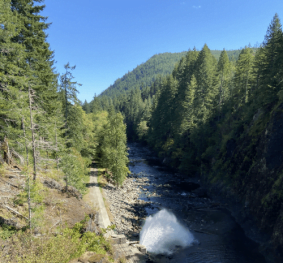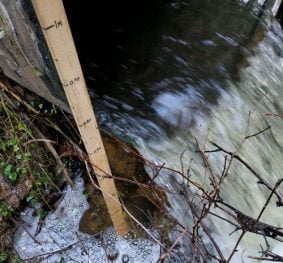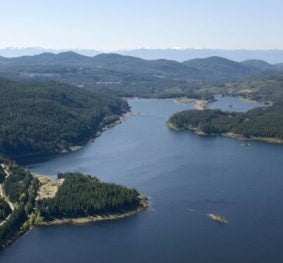
Advanced Water Demand Forecasting

Project Highlights
Advanced Drinking Water Demand Forecasting: Reducing Infrastructure Costs and Environmental Impacts
Decoupling water system demands from population growth has prompted concerns for utilities over revenue shortfalls and water quality, overshadowing the advantages of improved water use efficiency. KWL (Kerr Wood Leidal) has developed advanced water demand forecasting models that help utilities predict future water demands, thereby reducing future infrastructure costs and allowing utilities to benefit from their investments in water efficiency.
Comprehensive Methodology
Building on our series of projects across Western Canada, we have developed sector and end-use-based models using Excel, Python, and Goldsim software. The models employ probabilistic methods for forecasting water demands at various scales, from neighbourhoods to entire regions. Our approach involved:
- Assessing existing forecasting methodologies used by our clients.
- Reviewing alternative forecasting methodologies.
- Building bottom-up models calibrated to utility meter data.
- Performing scenario analysis using Monte Carlo Simulation.
Sustainable and Client-Centric Approach
Our models incorporate water conservation, improved efficiency, and behavioural changes. This client-focused approach enables utilities to make data-driven decisions, drastically reducing the risks of overinvestment and subsequent operational and environmental drawbacks.
Achievements and Real-world Application
The models were rigorously tested and are fully customizable. They integrate best practices like land use, sector and end-use modelling and employ the AWWA M36 water balance methodology to estimate non-revenue water.
Ongoing Impact:
This advanced approach offers a new perspective on water demand planning, which is especially important given climate change projections for drier, longer summers in Western Canada.

Key Contact(s)
Jessica LeNoble Project Engineer
Colwyn Sunderland Infrastructure Planning Engineer
Jason Vine Associate
Andrew Boyland President, Chair of the Board





